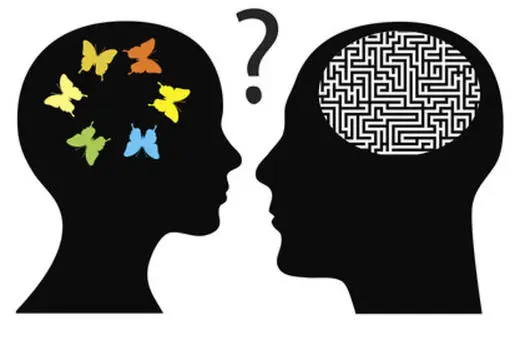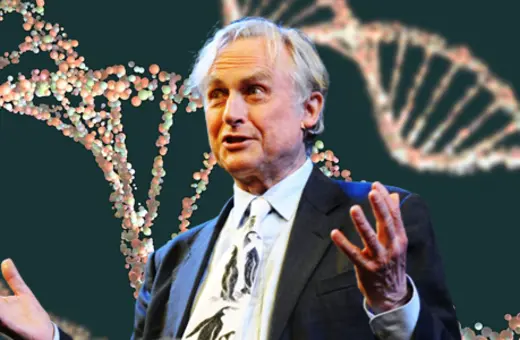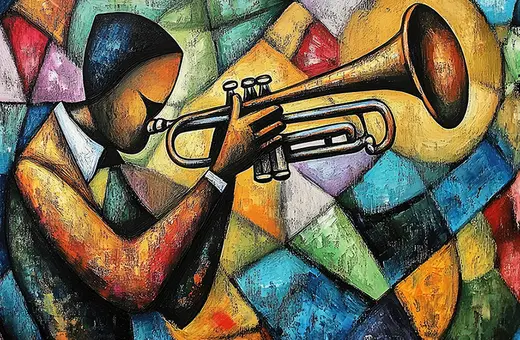From treating the body as a machine to the contemporary obsession with neuroscience, hidden philosophical assumptions are exposed when we think about pain and its treatment. A new conceptualisation called the enactive approach brings together advances in phenomenology and cognitive science and puts the patient and their future at the centre. Peter Stilwell and Sabrina Coninx make the case for a new medical paradigm for pain.
Acute pains, such as the immediate unpleasant experience of stubbing a toe, last for a relatively short duration. In contrast, pains that recur or persist are labelled as chronic and are associated with enormous personal and economic impacts. Unfortunately, we are far from understanding why many pains persist and how they are best treated. Chronic pain often has no apparent injury or pathology to help explain its occurrence, leaving many patients asking: why does it still hurt?
Common responses to this question are viewed as unsatisfactory to patients. People with chronic pain are often left feeling confused, broken, and frustrated after receiving differing explanations and promises of cures or fixes that don’t materialize. Further, pain without a demonstrable objective problem in the body is viewed by many outsiders (e.g., clinicians, friends, family) as less real, and people are stigmatized as a result. Feelings of shame, invalidation, and suicidality among people with chronic pain are clear indicators that we need to do better.
We suggest that looking to philosophy is a useful starting point. Consciously or subconsciously, every pain researcher and clinician has a philosophy of pain containing assumptions that influence how they conceptualize, assess, explain, and treat pain. These assumptions are also contagious in the sense that they can be transmitted to patients, which, for better or worse, may influence how they view themselves, their body, and engage with their environment. Important pain theories have been proposed, but they come with core assumptions, some of which are problematic. This article exposes some of these assumptions about pain and introduces new ways we can think about pain and its management. Let’s start by reviewing some landmark pain theories and enduring assumptions they have left us with.
"Consciously or subconsciously, every pain researcher and clinician has a philosophy of pain"
Cartesian assumptions: The machine-like body
Descartes, the famous 17th-century philosopher known for separating the mind and body (Cartesian dualism), had a mechanical view of the body. Although he had some nuanced ideas about pain and the interaction between the mind and body, society latched onto his mechanistic writings that portrayed pain as the result of disturbed bodily tissues that essentially tug physical tubes connected to the brain (Descartes, 1633/1972). In other words, he viewed pain like a bell that rang in the brain when a string was pulled in the body. This view entails two central assumptions. First, there is a linear relation between disturbance in the body and the resulting pain: increased disruption or tissue damage (tugging harder on the string) equals increased pain (bell rings louder). Second, the brain is only a passive receiver of signals from the body, playing no active role in the modulation or generation of pain. Therefore, we simply need to identify the bodily cause of pain and act upon it to treat pain. The body is treated like a mechanical clock and pain is the indicator of a broken gear that needs to be fixed.





















Join the conversation